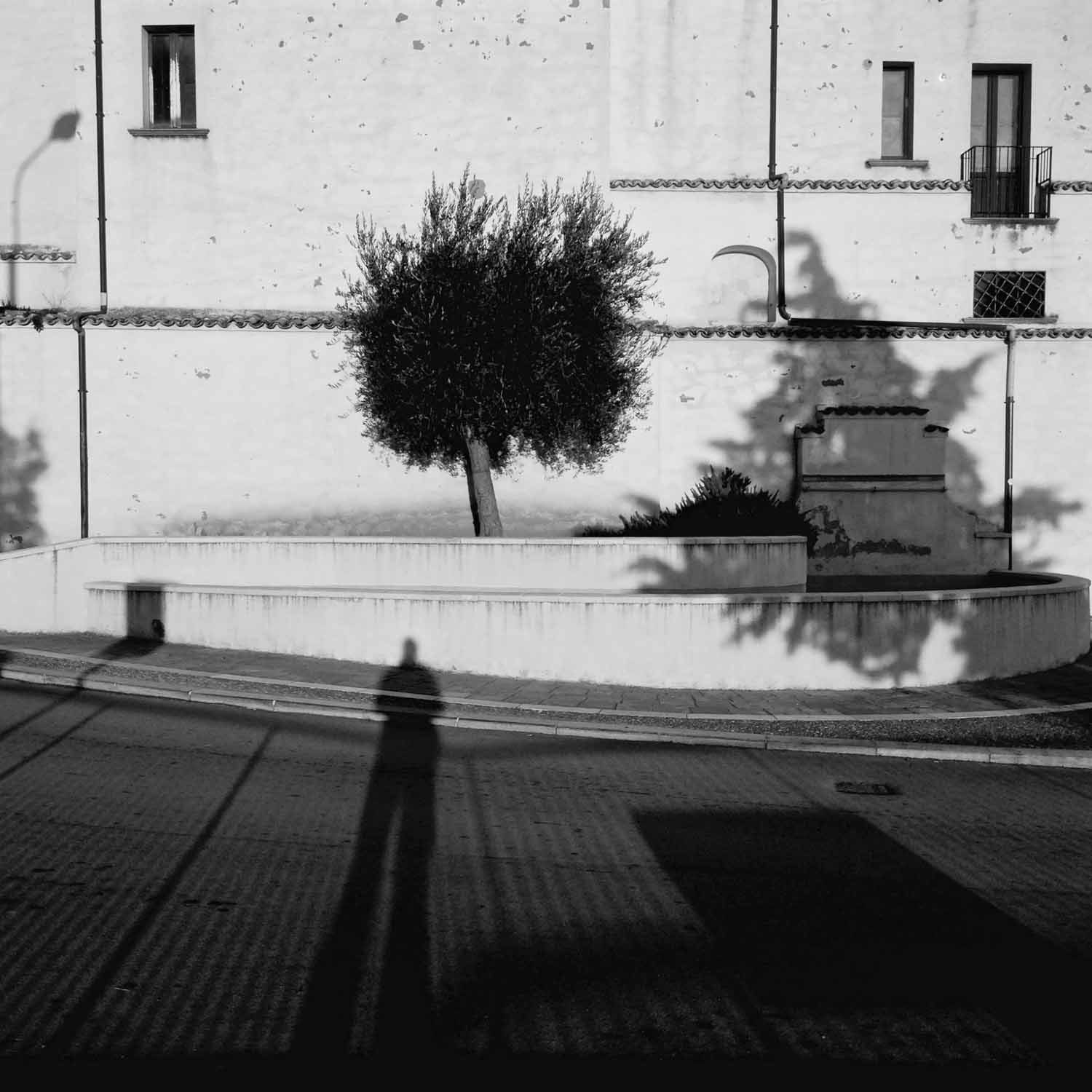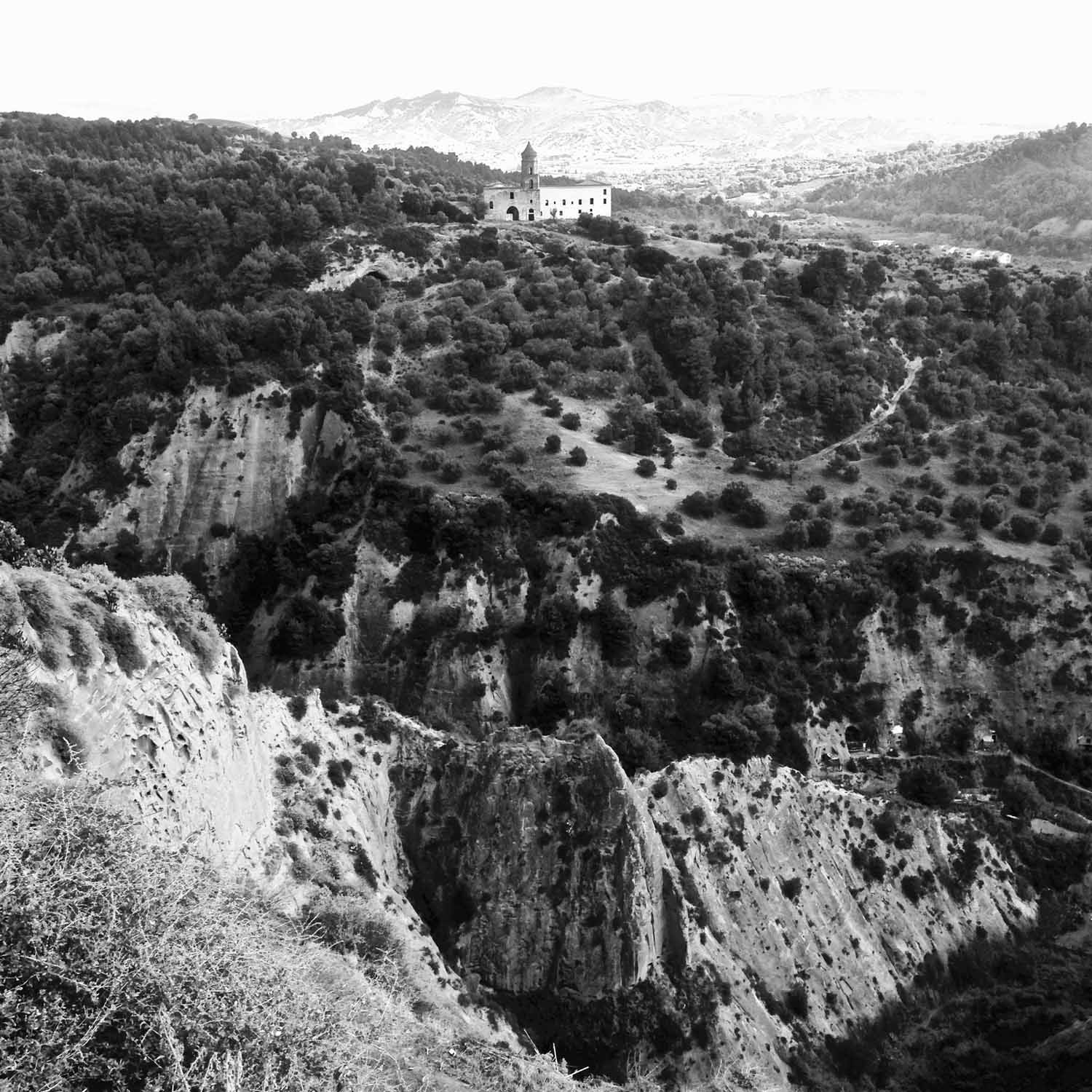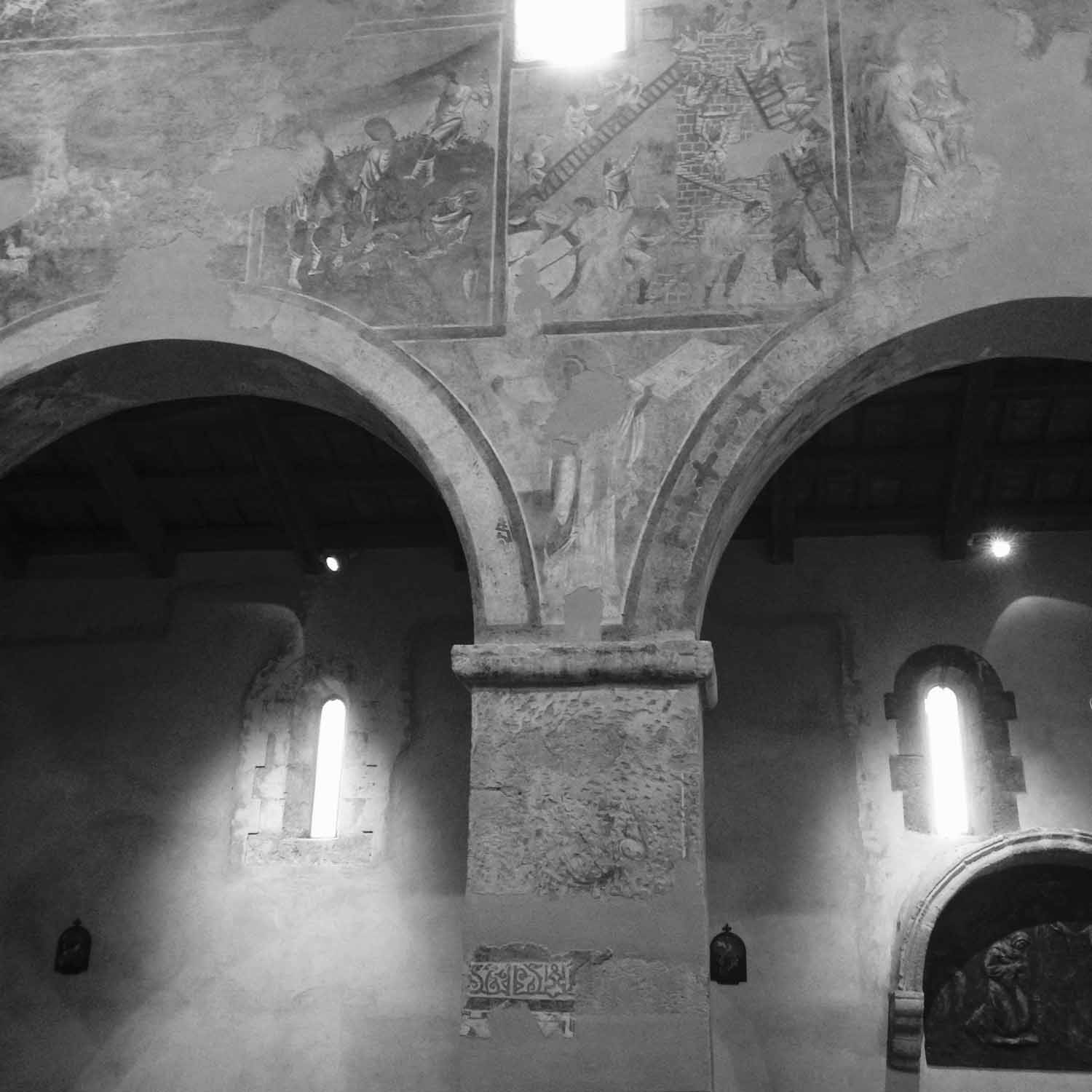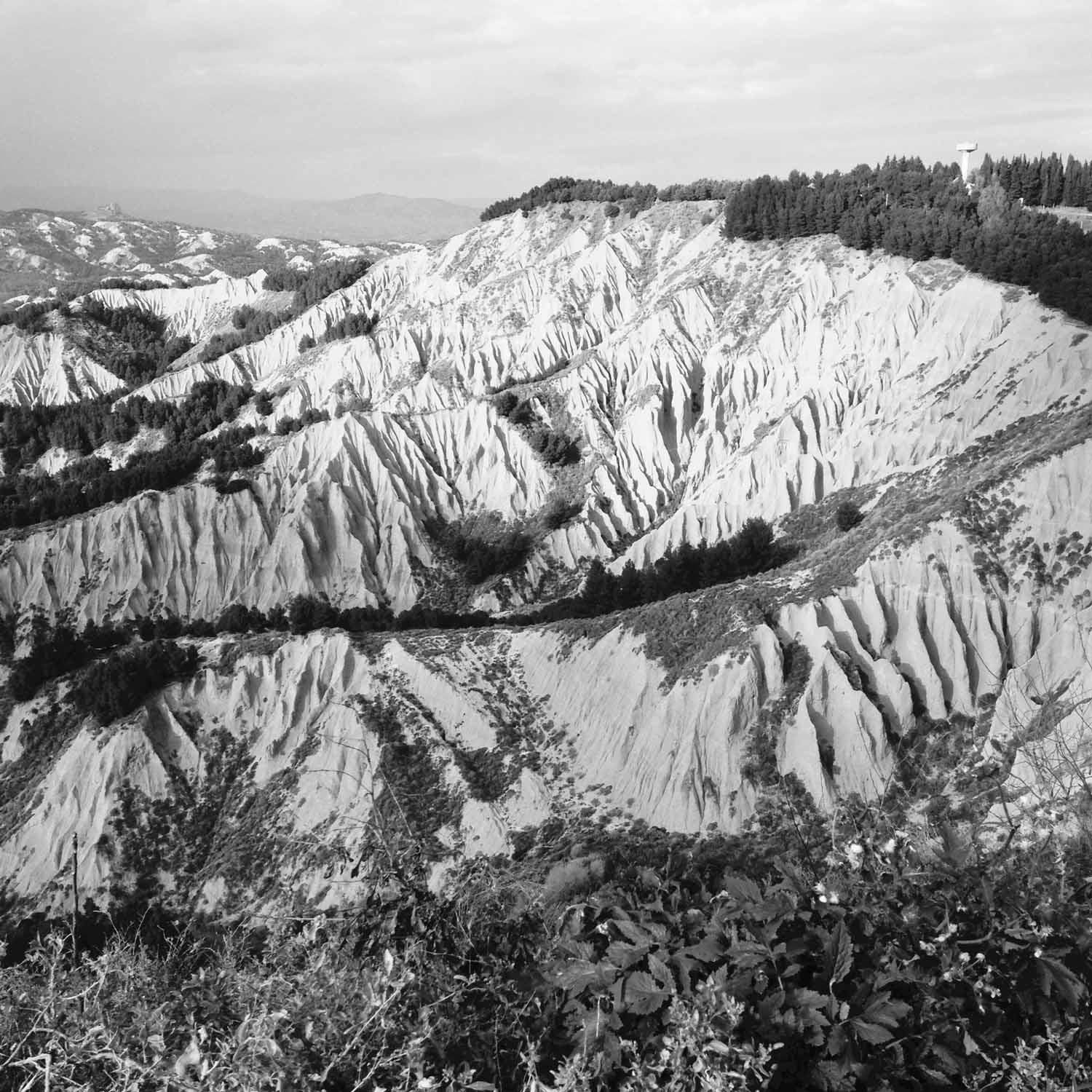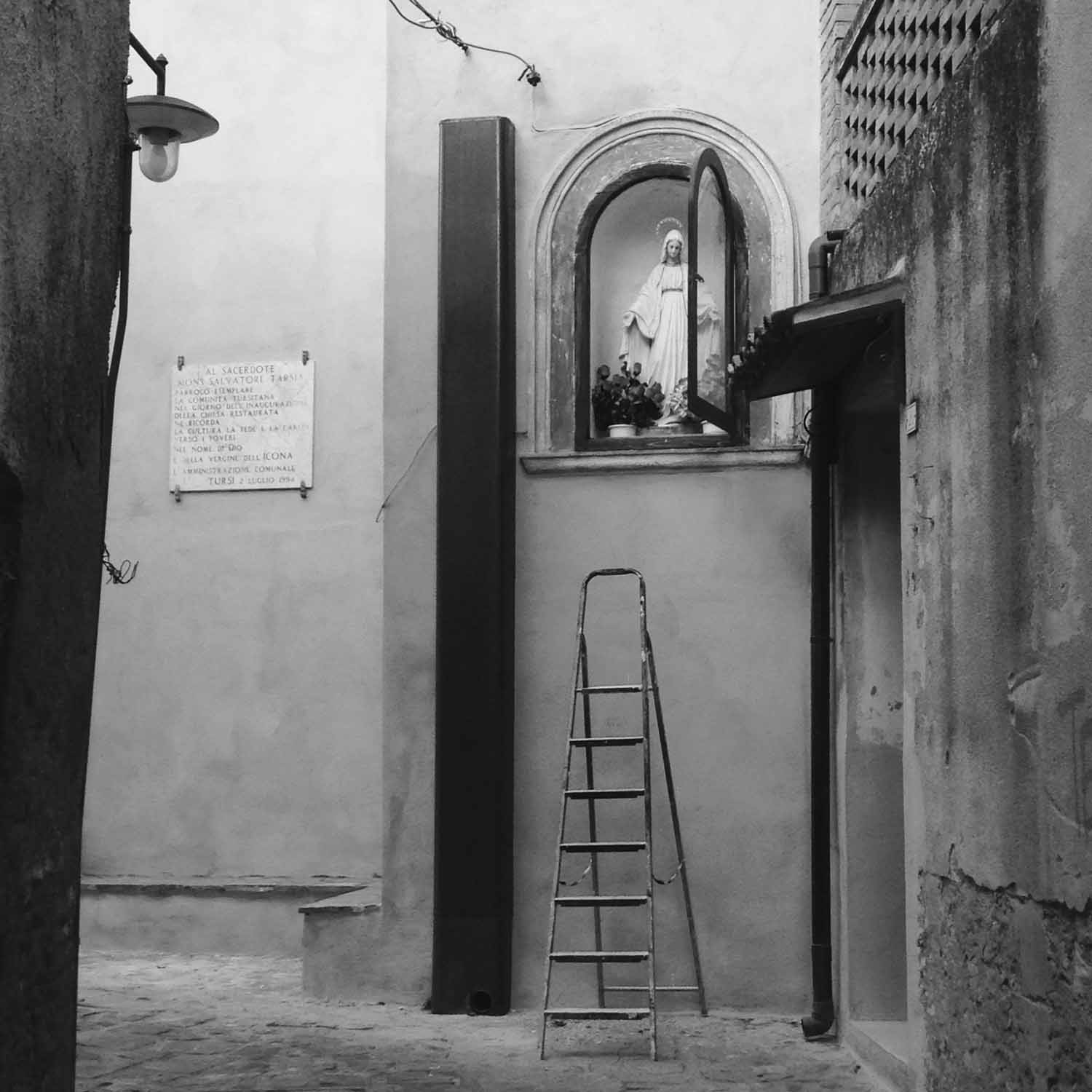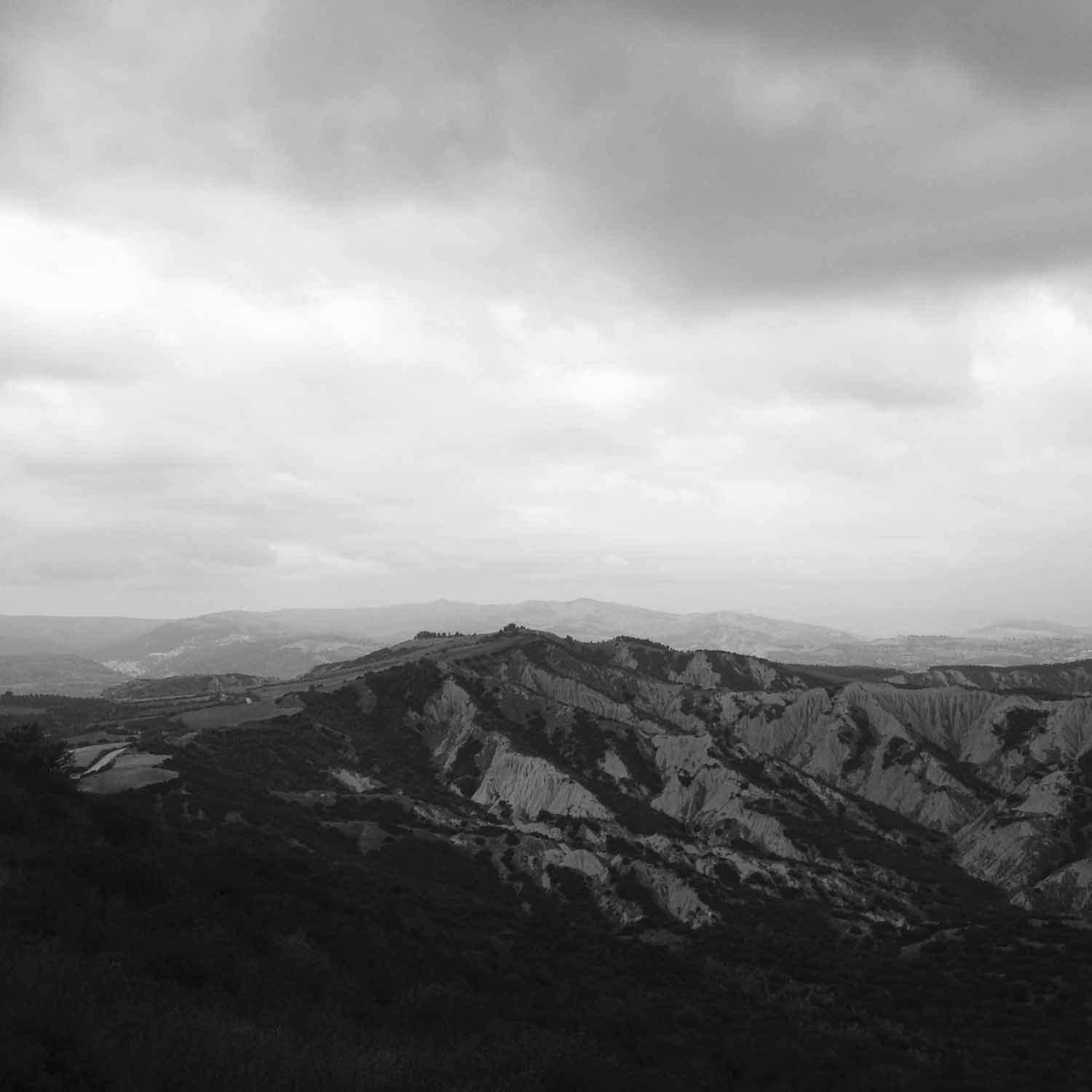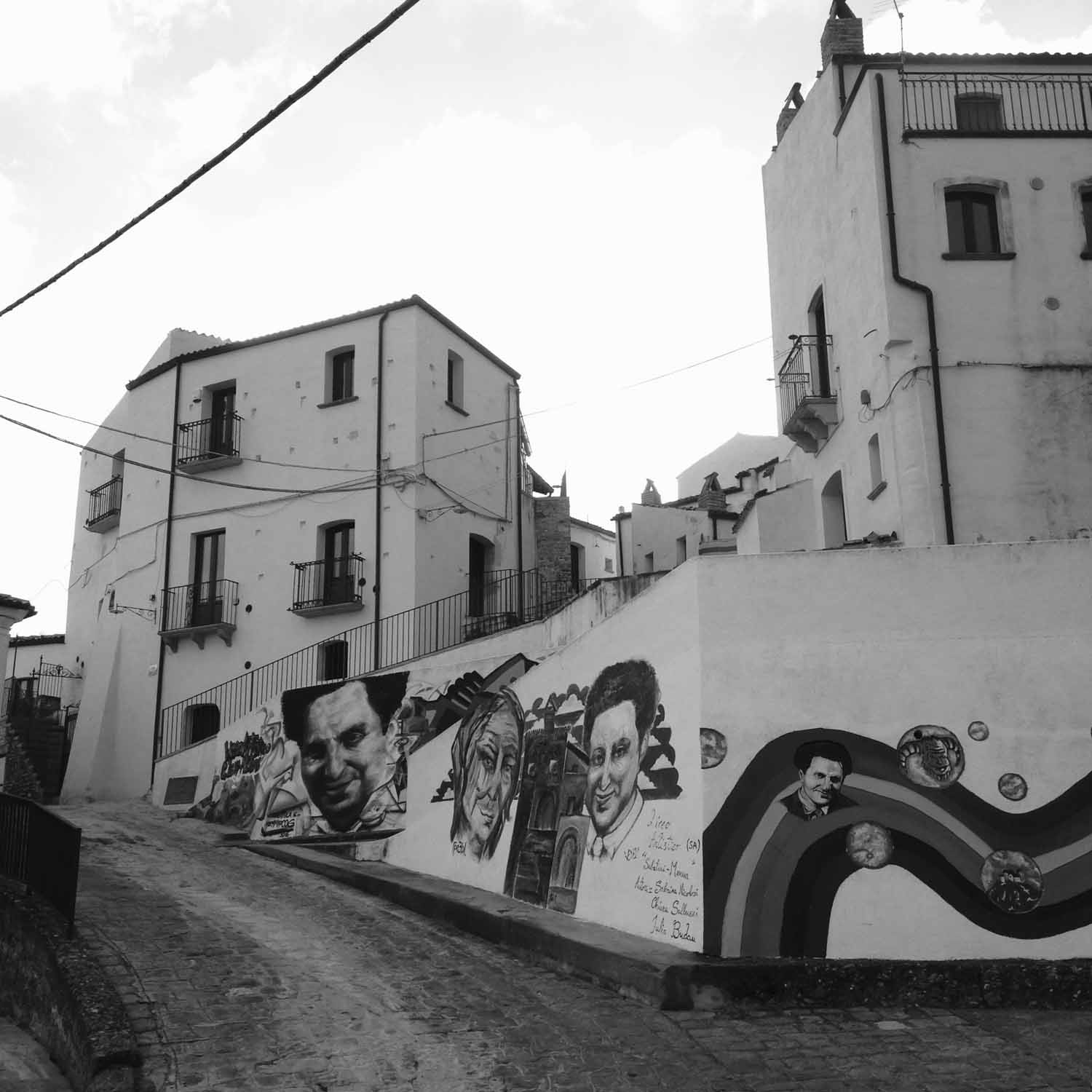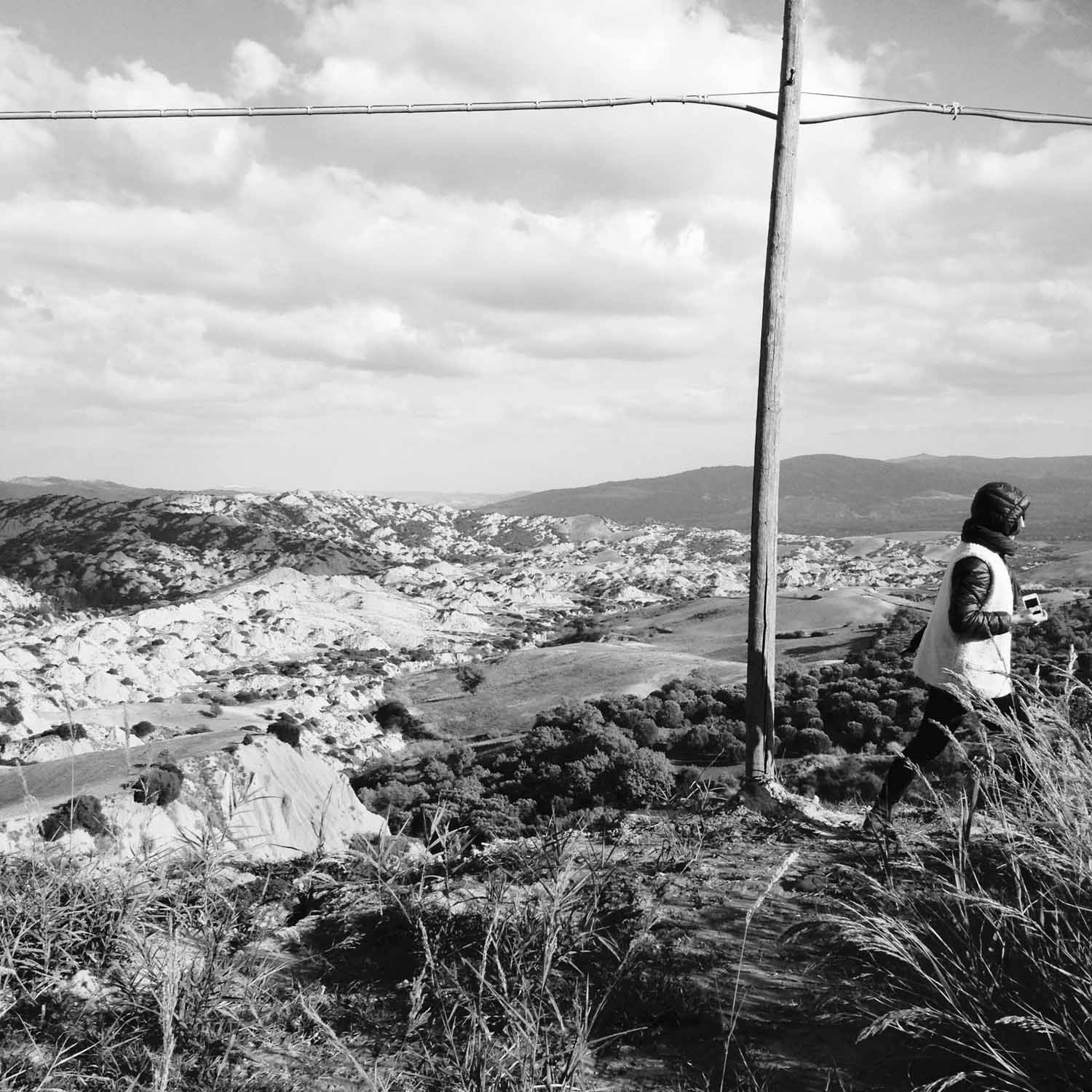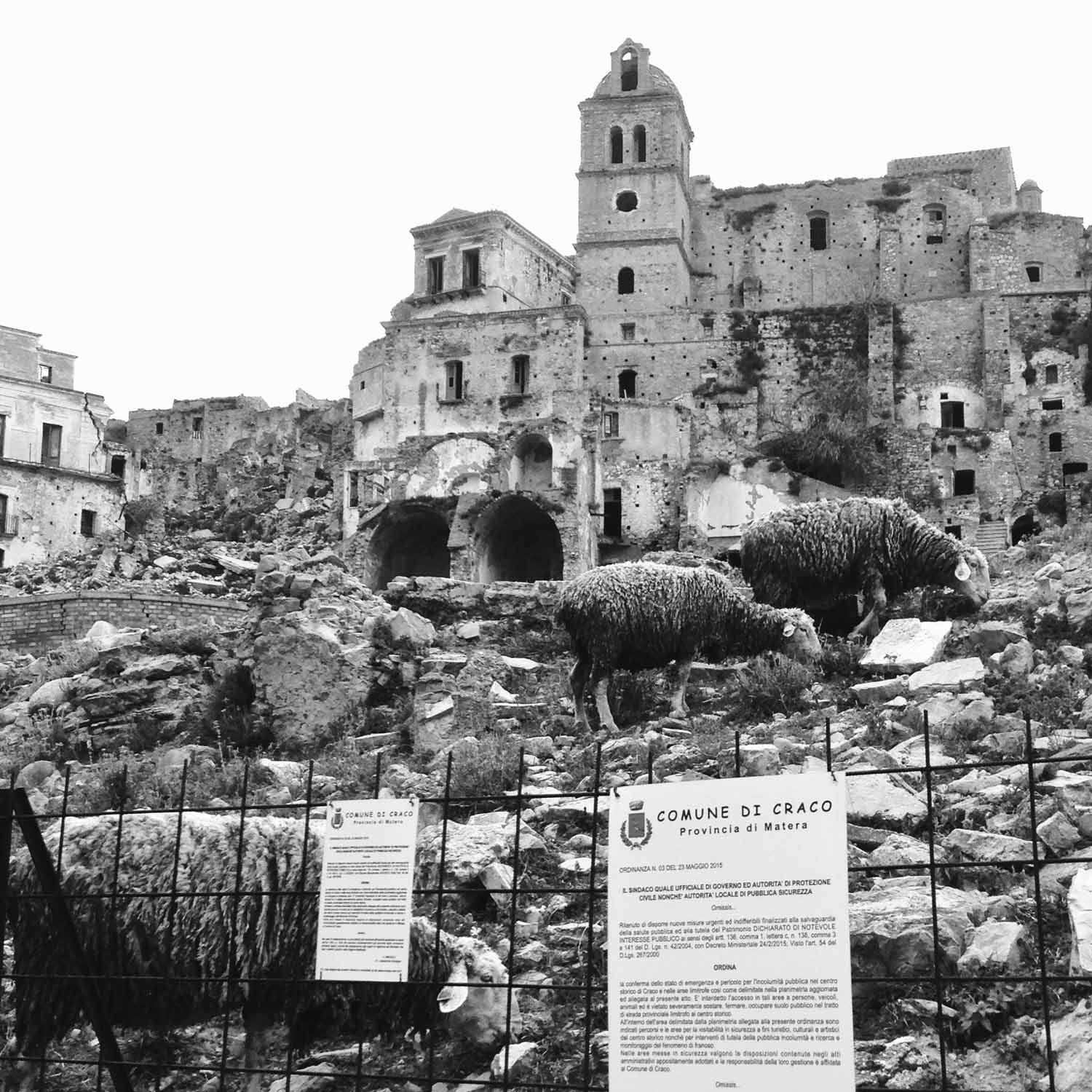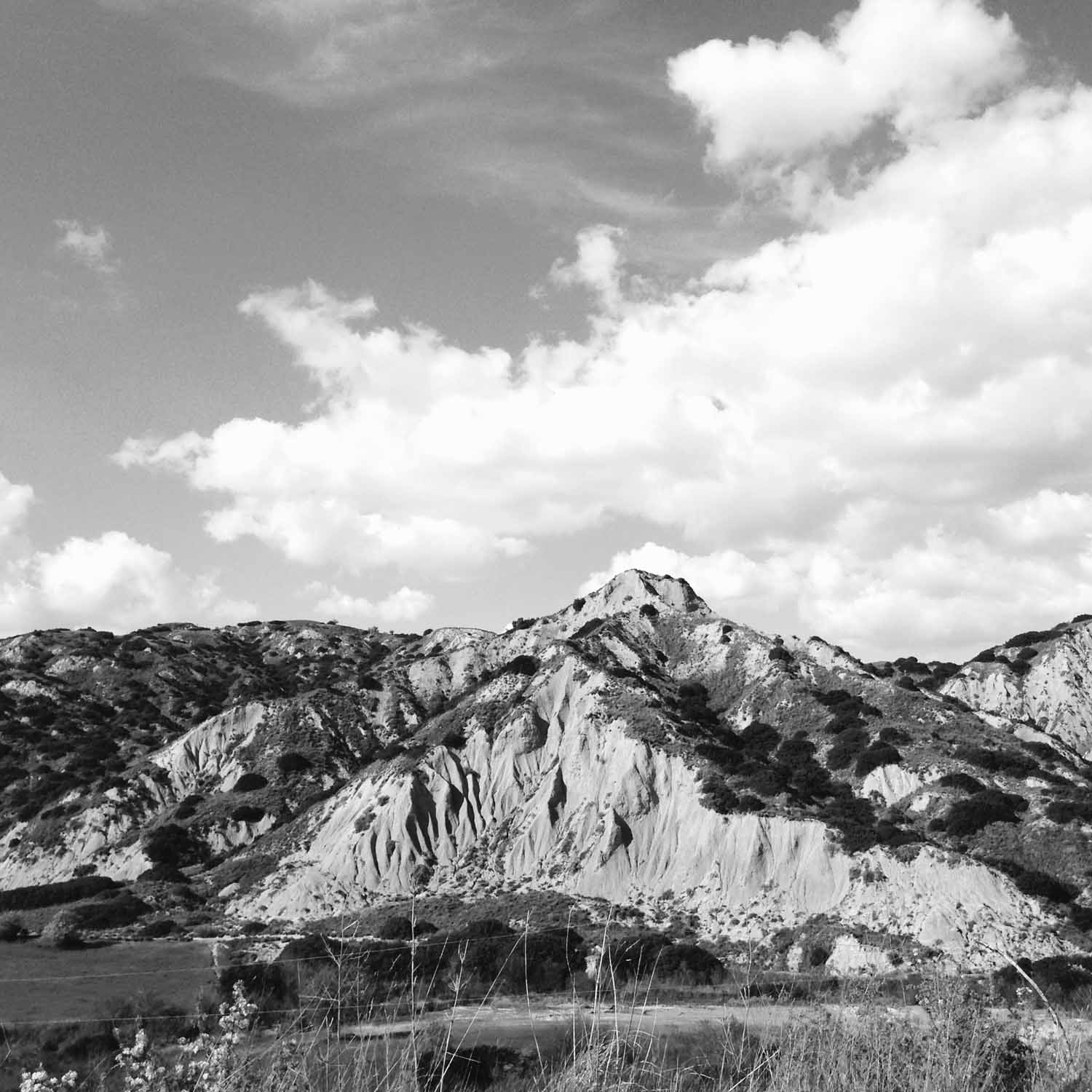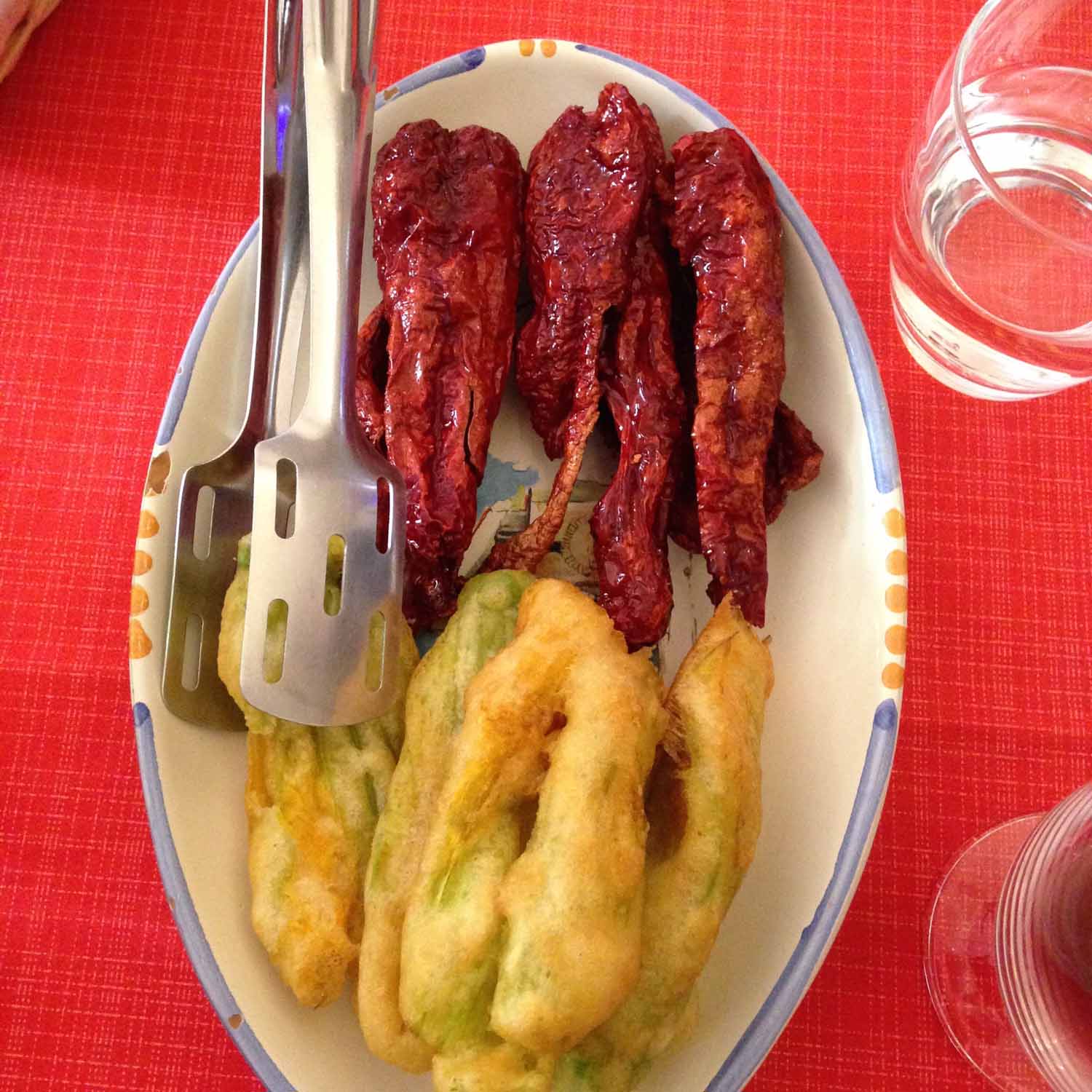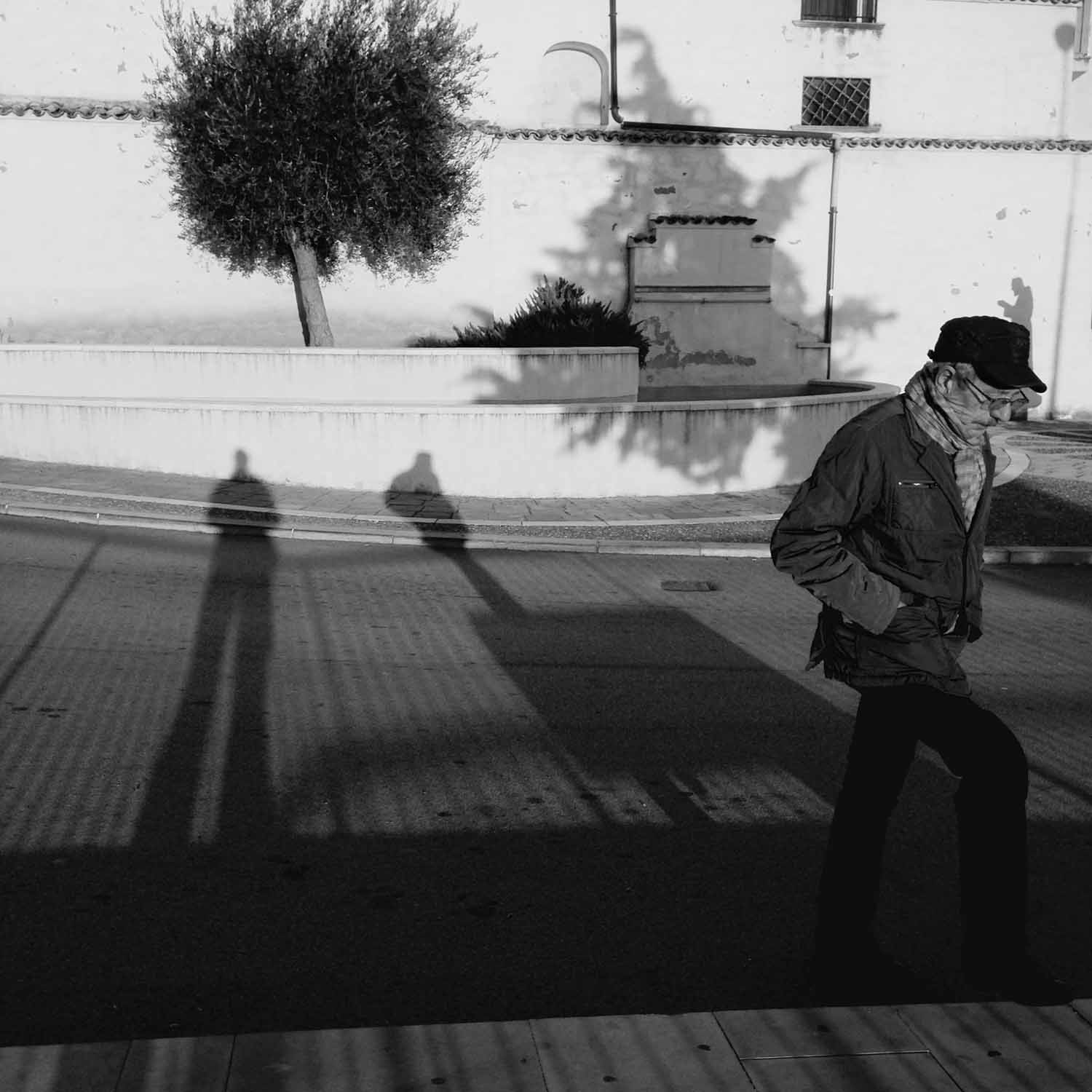The Basilicata Badlands
by Rudston Steward
![]()

hat draws us to the places we travel to?
Italy has no Wild West; instead, it has the Strange South. Strangest of all is Basilicata, the little-known region that goes about its business almost unnoticed—undercover, ensconced between the brash chaos of Naples on one side, the bright glamour of Puglia on the other, and the formidable mountains of Calabria to the south.
Few northern Italians know much at all about Basilicata, or even care to know. Even fewer have actually been there (except, perhaps, to the city of Matera). Basilicata is like those unexplored blank spaces at the edges of old seafaring maps, where cartographical knowledge gave way to uncertainty and speculation: a modern-day Italian Terra Nullius, as yet unclaimed by tourism. And like the makers of those old maps, today’s travellers to Basilicata often succumb to a selective blindness: in travel much is overlooked if you set out in search of the wrong places.
As the hills-and-mountains of the Basilicata interior drop from the high plateau around Potenza towards the Ionian coast the terrain becomes increasingly arid, traversed by calanchi—peculiar geological formations of eroded clay that form an off-white lunar landscape, dotted with low shrubs and dribbled with surreal clay crenellations. The effect is startling, if a bit unsettling: steep sculpturesque gullies and angular ribbed ridges gouge across valleys and spill over hillsides, stretching away to the horizon. The bizarre calanchi are dotted with towns perched precariously on outcrops of subsiding clay. Many are abandoned, either fully or partially—on my last visit I passed through Craco (fully abandoned), Rabatana di Tursi (mostly) and Aliano (partially).
As you pass through the calanchi, if you care to look, extraordinary details emerge: the faded glory of frescoes in the Romanesque church of Anglona; the glimpse of a monastery floating in a sea of clay wavelets near Rabatana; the murals decorating the house where author Carlo Levi was exiled in Aliano; an ancient door clinging tenaciously to its frame in a crumbled house in Pisticci; a metaphysical play of shadows in the piazza of Aliano at dusk, as otherworldly as a de Chirico painting; crispy red peppers and fried zucchini flowers served up as a surprise antipasto at La Locanda con Gli Occhi; sheep ambling upon the deserted ruins of Craco, quietly bleating—as if the humans who had lived there for all those generations had simply been preparing the turf for their lazy grazing.
I’m not quite sure yet why I’m so drawn to Basilicata’s beguiling badlands. What ultimately draws us to any of the places we travel to? I’m heading back to the Strange South soon to find out—to try to fill in the blank spaces still clouding the unexplored edges of my innermost Italian map.
![]()

